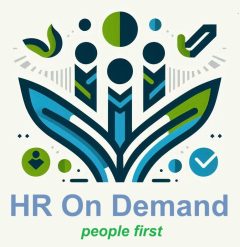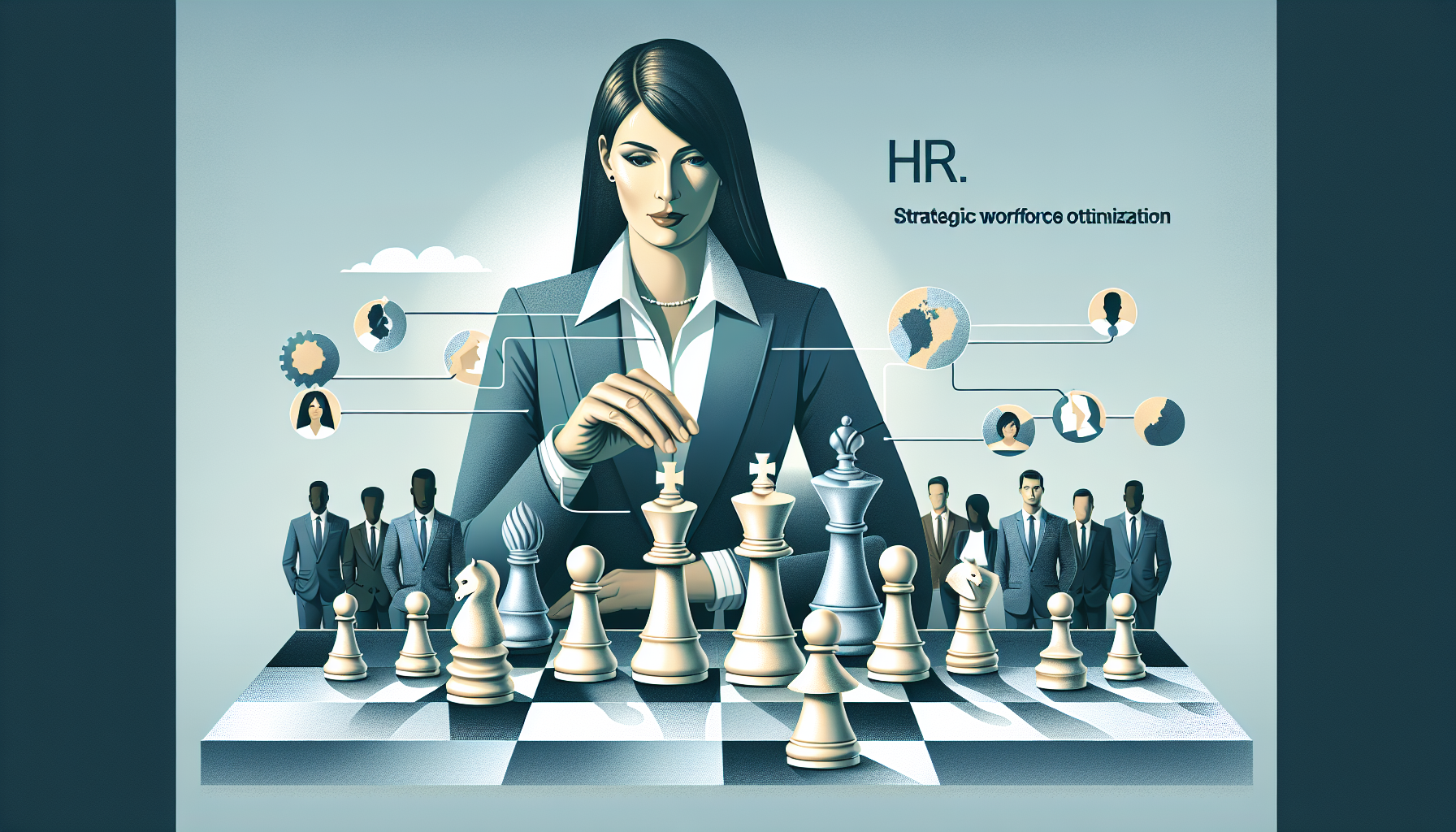The Power of Employee Engagement: Transforming Workplace Culture in the Modern Era
In today’s competitive business landscape, employee engagement has become a critical differentiator for organizations seeking to attract, retain, and maximize talent. Human resources professionals increasingly recognize that engaged employees are the cornerstone of organizational success, driving productivity, innovation, and overall business performance.
Understanding Employee Engagement: More Than Just Job Satisfaction
Employee engagement goes far beyond simple job satisfaction. It represents a deep emotional commitment to an organization, its goals, and its mission. According to Gallup’s most recent global workplace report, only 23% of employees worldwide are actively engaged in their work, highlighting a significant opportunity for organizational improvement.
Key characteristics of highly engaged employees include:
– Emotional connection to their workplace
– Motivation to contribute beyond basic job requirements
– Alignment with organizational values
– Proactive problem-solving approach
– Willingness to go above and beyond
The Business Impact of Employee Engagement
Research consistently demonstrates the tangible benefits of robust employee engagement strategies. Companies with high engagement levels experience:
1. 21% higher profitability
2. 17% higher productivity
3. 41% lower absenteeism
4. 59% lower turnover rates
These statistics underscore the critical role of human resources in creating environments that foster genuine employee commitment and enthusiasm.
Developing a Comprehensive Engagement Strategy
Successful employee engagement requires a multifaceted approach that addresses various workplace dimensions:
1. Communication Transparency
Open, honest communication builds trust and makes employees feel valued. Regular town halls, feedback sessions, and transparent leadership communication are essential.
2. Professional Development Opportunities
Employees seek growth and learning. Organizations that invest in continuous training and clear career progression paths see significantly higher engagement levels.
3. Recognition and Reward Systems
Meaningful recognition goes beyond monetary compensation. Personalized acknowledgment of individual contributions creates emotional connections.
4. Work-Life Balance Initiatives
Flexible working arrangements, mental health support, and wellness programs demonstrate organizational commitment to employee well-being.
Technology’s Role in Employee Engagement
Modern human resources departments leverage advanced technological tools to enhance engagement:
– Pulse survey platforms
– Real-time feedback mechanisms
– Performance management software
– Internal communication apps
– Learning management systems
These technologies enable more personalized, data-driven engagement strategies.
Measuring Engagement Effectively
Engagement cannot be improved without accurate measurement. Recommended metrics include:
– Employee Net Promoter Score (eNPS)
– Retention rates
– Performance indicators
– Qualitative feedback analysis
– Participation in company initiatives
“What gets measured, gets managed.” – Peter Drucker
Overcoming Common Engagement Challenges
Organizations frequently encounter barriers to effective engagement:
– Generational workplace differences
– Remote work complexities
– Communication gaps
– Diverse workforce expectations
Successful human resources strategies must anticipate and proactively address these challenges.
Case Study: Engagement Transformation
Tech startup InnovateNow increased employee engagement by 45% through a comprehensive approach:
– Implementing quarterly skill development workshops
– Creating cross-departmental collaboration platforms
– Establishing mentorship programs
– Introducing flexible working arrangements
Their approach demonstrates that meaningful engagement requires holistic, intentional strategies.
Future of Employee Engagement
Emerging trends shaping employee engagement include:
– Artificial intelligence-driven personalization
– Enhanced mental health support
– Increased focus on purpose-driven work
– Greater emphasis on diversity and inclusion
Organizations that adapt quickly will attract and retain top talent.
Practical Implementation Guidelines
For small and medium-sized businesses looking to enhance engagement:
1. Start with comprehensive employee surveys
2. Create clear, actionable engagement roadmaps
3. Invest in manager training
4. Develop consistent feedback mechanisms
5. Regularly reassess and adjust strategies
Conclusion
Employee engagement represents a powerful strategic lever for organizational success. By understanding its nuanced dynamics and implementing thoughtful, comprehensive approaches, businesses can create workplaces that inspire, motivate, and drive exceptional performance.
The journey toward high engagement is continuous, requiring commitment, creativity, and genuine concern for employee experiences.




